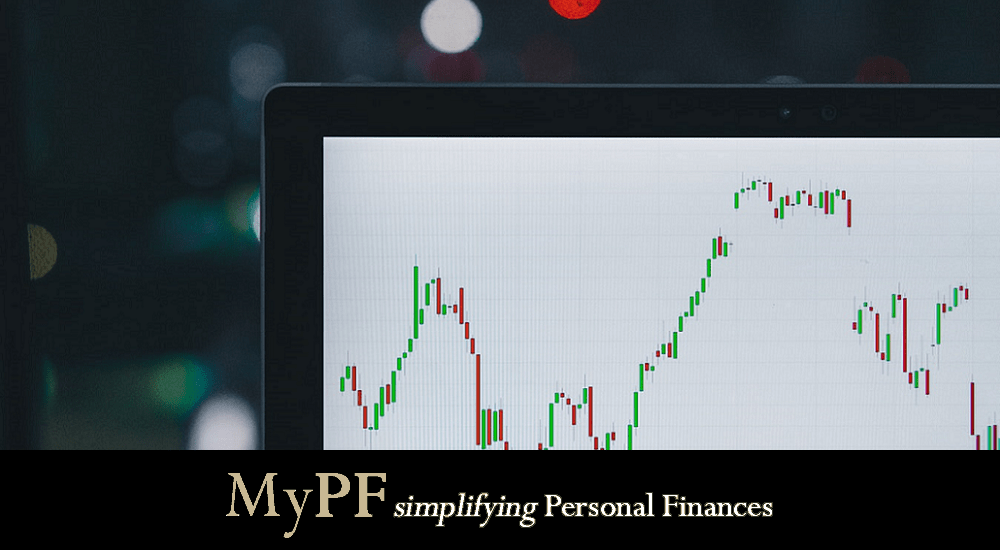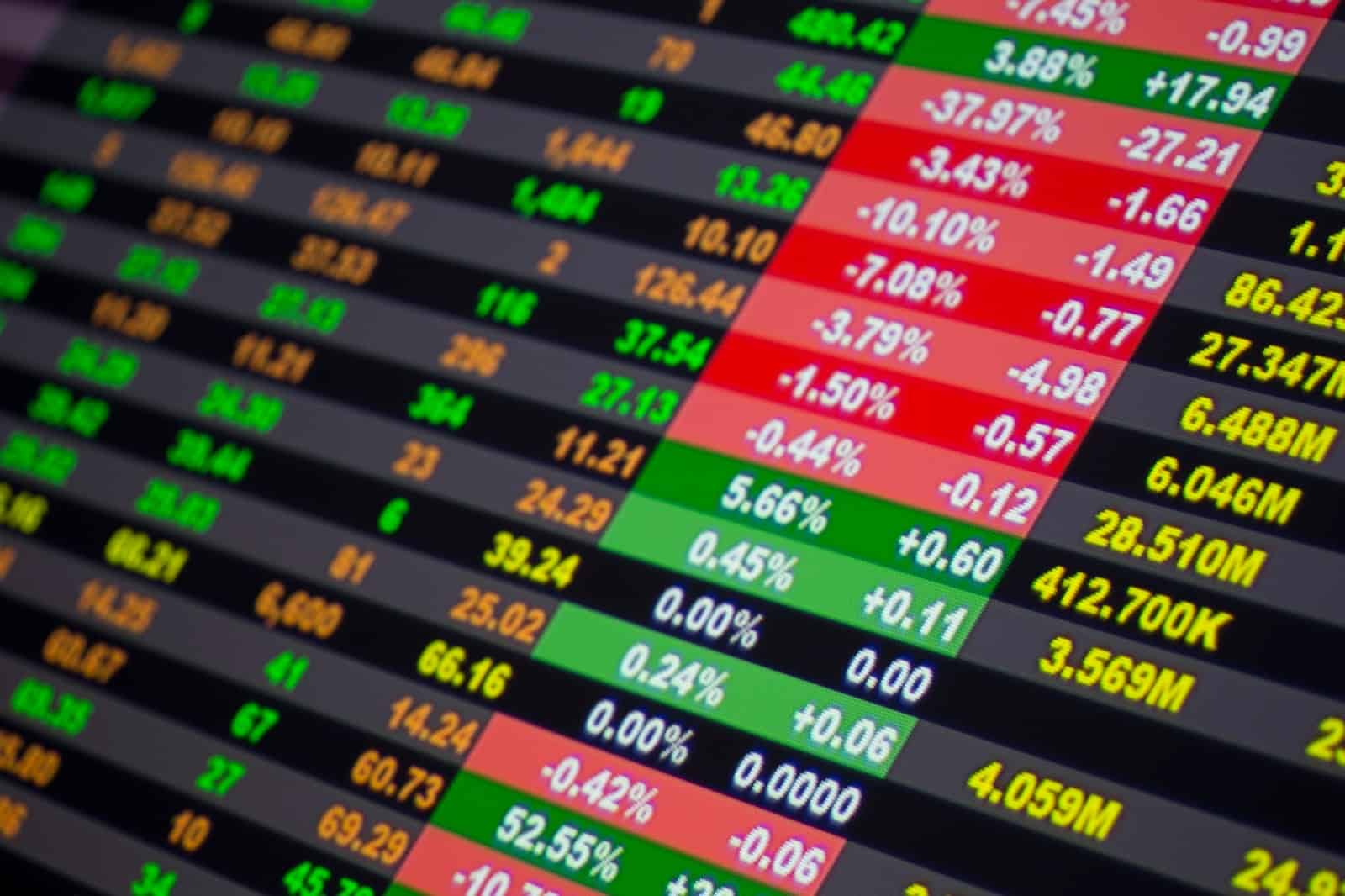For the newbie stock trader, it is necessary to understand these basic concepts for better trading success.
If one is to enter the stock market, one must be familiar with risk management solutions, and in general, how liquidity helps with this.
Liquidity is known as the ability to convert an asset from one type to another continuously. Liquidity is a difficult term to grasp but essentially is described as the ability to turn stocks into cash and vice versa without impacting or having a limited effect on price.
The ease with which a security can be traded is referred to as liquidity which makes it one of the most important factors in determining whether or not an investor can invest. Also important is the ability to execute orders quickly and turn them into cash at the lowest possible cost. It can be difficult, if not impossible, to sell an illiquid stock quickly without accepting a lower price.
Contents
What is Liquidity in the Stock Market?
Liquidity in the stock market refers to stocks with enough trading volume to enable traders to easily enter and exit positions. Stocks that are not liquid or have insufficient volume are difficult to buy or sell. This is because it is more difficult to find buyers and sellers for such stocks.
Share turnover, which is determined by dividing the total number of shares exchanged over a given period by the average number of shares outstanding for the period, is a good indicator of liquidity. A company’s stock would be liquid if it has a high share turnover.
Understanding Volume and Liquidity
Since both concepts are commonly used in stock trading, investors must understand the difference between volume and liquidity. Liquidity and volume are related. In trading, the term “volume” refers to the total quantity or amount of shares exchanged for a given period. It is calculated for all forms of financial commodities, such as stocks, shares, options, futures contracts, and so on. The word “liquidity” refers to the speed at which an asset, financial product, or security can be purchased or sold in the market for its current market price.
Trading volume is a metric for determining how much of a particular financial asset has changed hands over a given period. Volume is calculated based on the number of shares exchanged in stocks and the number of contracts traded in futures and options. Online charts are often used to display numbers and other metrics that rely on volume data.
Basic Guidelines for Using Volume
#1. Trend Confirmation
Volume should rise in a growing market. To keep driving prices higher, buyers must increase their numbers and excitement. Increasing price and decreasing volume may indicate a lack of interest, which could signal a turnaround. This is a difficult concept to grasp, but the basic fact is that a price drop (or rise) on low volume is not a powerful signal. A large volume price drop (or rise) indicates that something in the stock has significantly changed.
#2. Exhaustion Moves and Volume
We may see fatigue moves in a rising or falling market. There are usually rapid price moves accompanied by a sharp rise in volume, signaling the end of a trend. Participants who have been waiting and are afraid of losing out on more of the change rush in at market tops, draining the supply of buyers.
Falling rates inevitably drive out a large number of traders at a market bottom, resulting in increased volatility and volume. In these cases, we can see a drop in volume after the increase, but the other volume guidelines can be used to assess how volume tends to play out over the next days, weeks, and months.
#3. Bullish Signs
When looking for bullish signs, volume can be helpful. Consider the following scenario: volume rises as a price falls, then the price rises, then falls again. If the price does not fall below the previous low on the step back down, and volume is reduced on the second drop, this is generally interpreted as a bullish sign.
Understanding Volume And Liquidity
#1. High Volume Means High Liquidity
Stocks with a high volume are very liquid, and the difference between the offer and ask rates is narrower. Since patterns are more complex and provide more data on which to base a decision, technical analysis works best on liquid stocks. Stocks with a high amount of trading are favored.
#2. Late Day Breakouts and Volume
Late-day breakouts are most common during low-volume periods. When most traders return home after trading hours, the market slows and each trade has a greater impact on the price. During live trading sessions, 1000 shares is a drop in the bucket, but after hours, it’s a garden hose.
#3. Average Volume
The average volume is a perfect way to assess the trading activity of the day. The volume will spike higher than normal during press releases and significant events, giving traders a unique advantage with entry and exit points. Day traders who tend to trade opening gaps on news releases compare historical volume to current volume to determine the significance of the news.
#4. Support and Resistance
In a low-volume stock, support and resistance lines are meaningless. When volume is limited, it is easier for a price to break out. As a result, technical analysis (including support and resistance) can only be applied to stocks with high volume. If a small trade can shift a stock’s price by 2% or more, it’s a good bet that the stock would move wildly. This allows for large gains and losses, but it’s still better to be safe than sorry.
Conclusion
Looking at volume trends over time will help you determine the intensity or conviction behind individual stock and market advances and declines. Trading volume is a measure of an option’s current interest, and the same is true for options traders. Amount, in reality, plays a key role in technical analysis and is one of the most prominent technical indicators.
Different boards in different markets in different countries all have different levels of volume and liquidity. Even if you are a long term investor instead of a trader, it still makes sense to understand how volume and liquidity may impact your investments.
Does learning about volume and liquidity help you understand the stock market better?







Leave A Comment